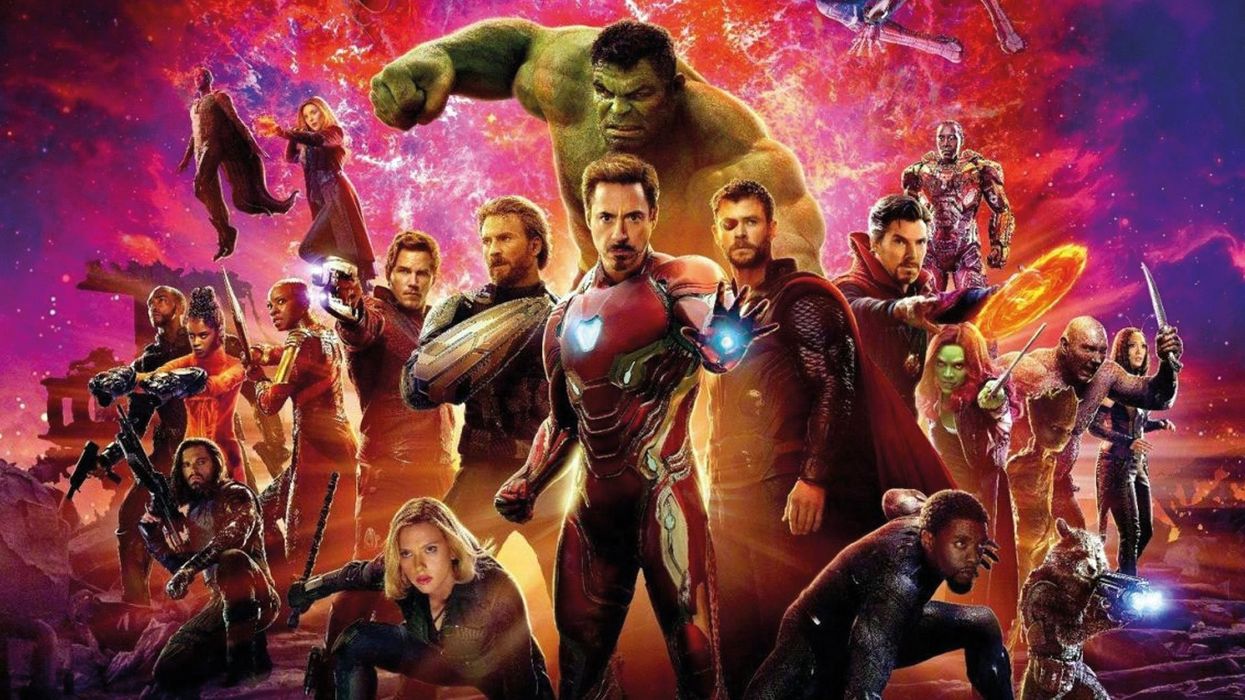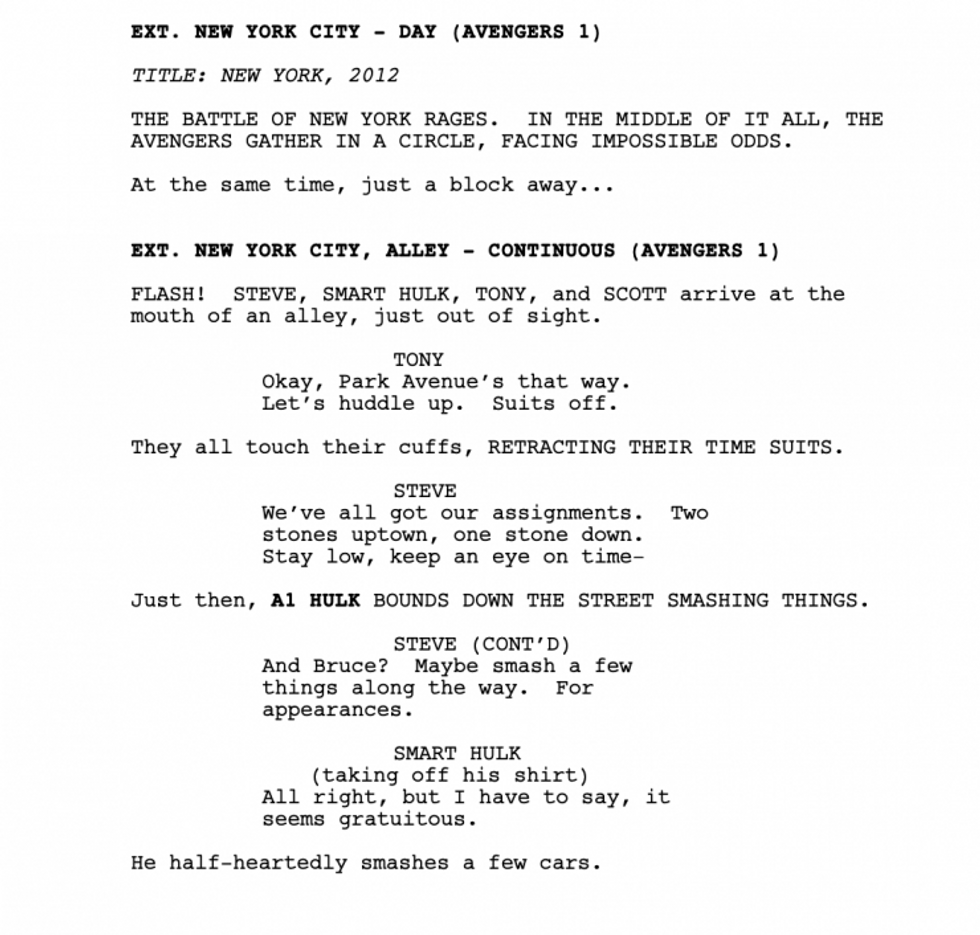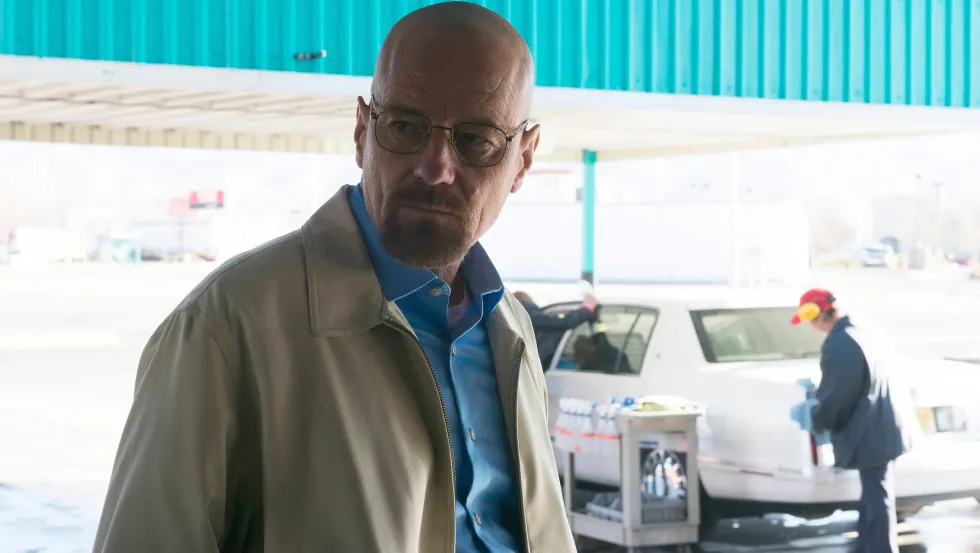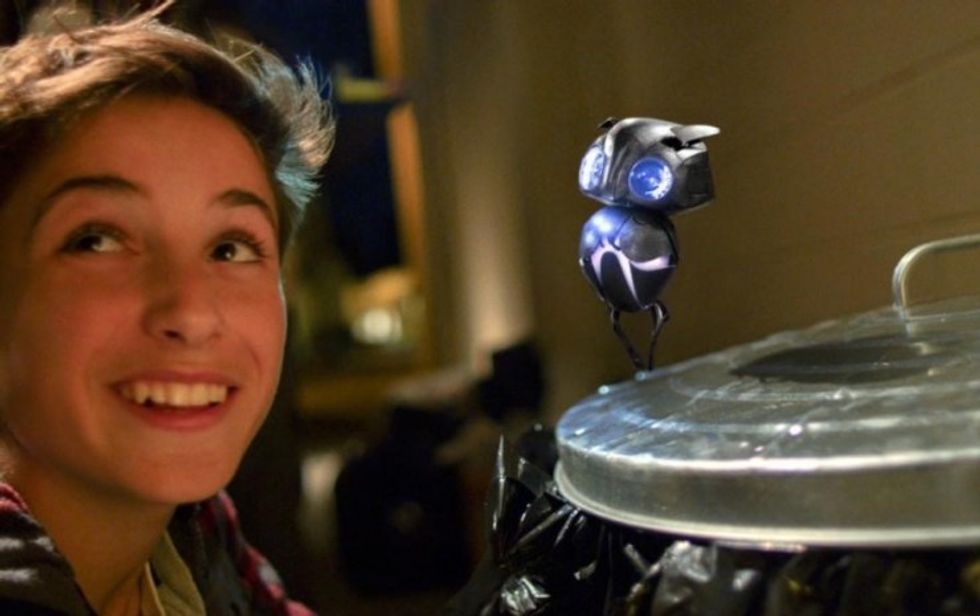'Avengers: Endgame' Script: Read and Download It Now
The Avengers: Endgame script can help you understand the way things look on the page for a huge Hollywood production.

SPOILER WARNING: Do not read unless you have seen Avengers: Endgame.
Marvel screenwriters Christopher Markus and Stephen McFeely (Avengers: Infinity War, Captain America: Civil War) were given a near-impossible task, while production on Civil War was wrapping up.
There were, at the time, 21 Marvel Universe films. They were set to write the next epic chapter, which would be split into two films -- culminating in the biggest comic book movie ever made. Not only did this final Phase Three Marvel movie have to be big, original, and inventive, but it also had to wrap up and feature key story events from the previous decade's worth of movies.
Oh, and it needed to pay off both Iron Man and Captain America's arcs, with the former's starting in 2008.
Instead of shrinking to avoid the situation, the screenwriting duo faced the story head-on. And they wrote a screenplay that Disney and fans believe deserves awards recognition. The script for Avengers: Endgame was recently released as part of Marvel and Disney's "For Your Consideration" awards campaign, so let's unpack the technical aspects and process that went into making the highest-grossing movie ever.
Download the Avengers: Endgame script here!
The first thing you'll notice about Avengers: Endgame is how sparse the action writing is on the page. We talk a lot about the way to write action lines here, and the pared-down descriptions here are inspiring and effective.
While I would encourage beginning writers to find their voice, take a look at how Markus and McFeely tackle this action scene near the end of the film.
There's not a lot of time spent setting scenes.
We get all the important facts for what we see, but there's not much prose otherwise. You can tell this script was written by professionals. Scenes are largely void of editorializations; all that is there is just what you need to shoot a great movie and be moved by an excellent, character-driven story.
And what about the way the final battle assembles our heroes? Ever wonder how you would format and visualize on the page the emergence of over 70 heroes?
See below:
One of the coolest things about this scene and the writing therein is that you can see it becoming the film in your mind. Each line is dedicated to the shot that happens in the movie without calling it out. (Though the order of our heroes' emergence into battle is different here than in the final cut; Black Panther and his crew are seen before the Guardians.)
And each action gets its own line. We can traverse the script top to bottom almost like a shot list.
It's neatly executed, it guides us around a complex set, and keeps our imagination engaged.
How the writers incorporated previous films into this one also warrants a deep-ish dive.
They did it in the simplest matter, by calling out the movie they are pinching from in the slug lines.
Also, it's important to note how we know it's 2012, but also what shots are being mirrored from the first Avengers movie.
The lesson here is to keep it simple, stupid!
Screenwriting is creating a blueprint for the movie. At times, it can be enticing to wax poetic or make things complicated.
This is not one of those times.
Let me know the best lessons you learned from it in the comments!
What's next? Read the Knives Out script!
Loved Endgame and want to delve into genre even deeper?
Check out Rian Johnson's screenplay. We dissect this murder mystery and show you what it takes to write your own.



















